By:
Jamcracker
The latest release of the Jamcracker Cloud Management Platform comes with several enhancements to help SMBs, enterprises and consumers leverage the cloud for maximum value. Cloud partners and IaaS resellers are now supported with additional features to manage their entire cloud lifecycle using a single pane of glass. As in the past few releases, this version enables enterprises to adopt better governance practices with the required recommendations and compliance tools.
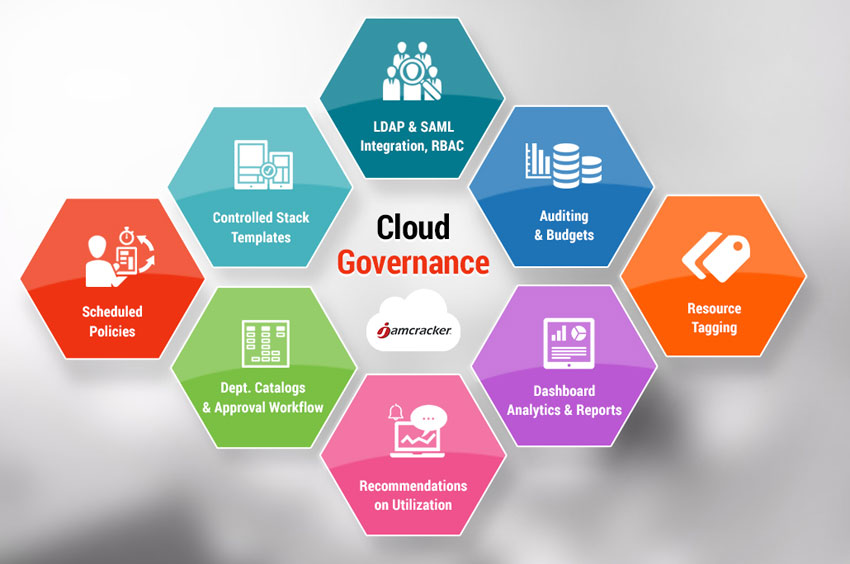
Partner Enablement
- Channel partners or resellers can now charge either a markup or offer a discount (percentage) while billing IaaS services. They also have the ability to offer a different markup/discount for specific customers, while maintaining the regular rates for the other customers.
- Microsoft CSP Direct partners (Tier1 partners) can now import their customers along with their assigned users from the Microsoft Partner Center to the platform using the bulk import functionality. Billing of the CSP SaaS subscriptons will now be handled through the platform. Thus, Microsoft Direct partners have a centralized place for customer and subscription management.
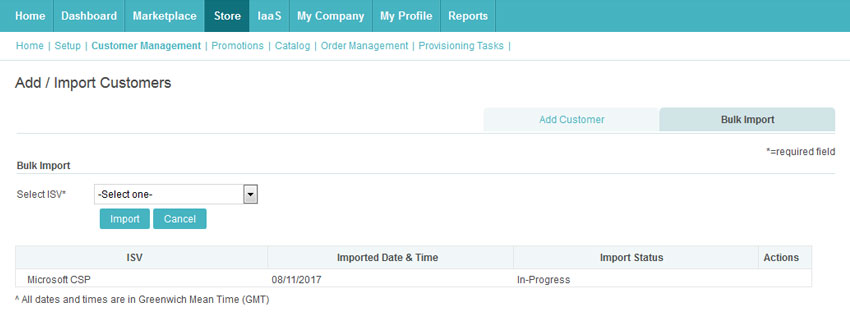
- A cloud reseller or partner with their own cloud store can now add service related content that are specific to the store like SLA’s and Consent URL (if required for the Microsoft service)
- Administrators can also add ISV specific credentials for the respective services from the Jamcracker portal, and take the benefit of partnership programs.
- The license reduction process has now been automated to update the billing subscription without manual intervention, saving time and effort for cloud resellers and partners.
Governance
- In addition to the existing cloud governance features, this release has additional policies that restrict the regions, flavors, images and networks that a user can select while launching an Application Stack.Controlled access thereby results in controlling costs.
- Using the Policy framework, it is possible to handle the failure and recovery of a Virtual Machine seamlessly. Based on the data from the Monitoring framework, an alarm is sent out to the stakeholders notifying the failure of the single server, and an automatic recovery process initiated to replace the failed one. The new instance is a clone of the failed server, and tagged accordingly for quicker identification, thereby reducing the server down time impact on business.
Watch our video for more details - VM Monitoring framework has been enhanced, to report VM’s health based on the XML data received from an external monitoring application. Prior to this, the data was reported only from the agents installed by JSDN itself (a.k.a JC Universal Agent). The monitoring data can also be used to trigger necessary alarms and take automated actions for scaling and server recovery.
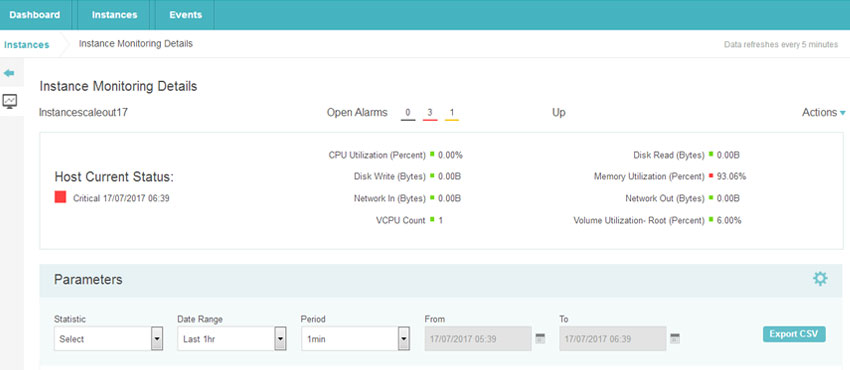
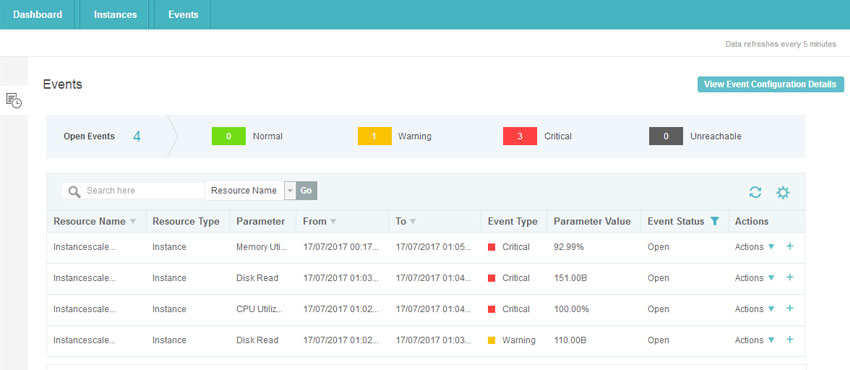

- Active Directory Federation Services is now supported in the platform facilitating users with Single Sign-On access to systems and applications located across organizational boundaries.
- The platform also supports SAML 2.0 standard and acts as a provider and consumer of SAML tokens, enabling Single Sign-On by allowing users to authenticate at an identity provider and then access service providers without additional authentication. In addition, identity federation with SAML allows for a better-customized user experience at each service while promoting privacy.
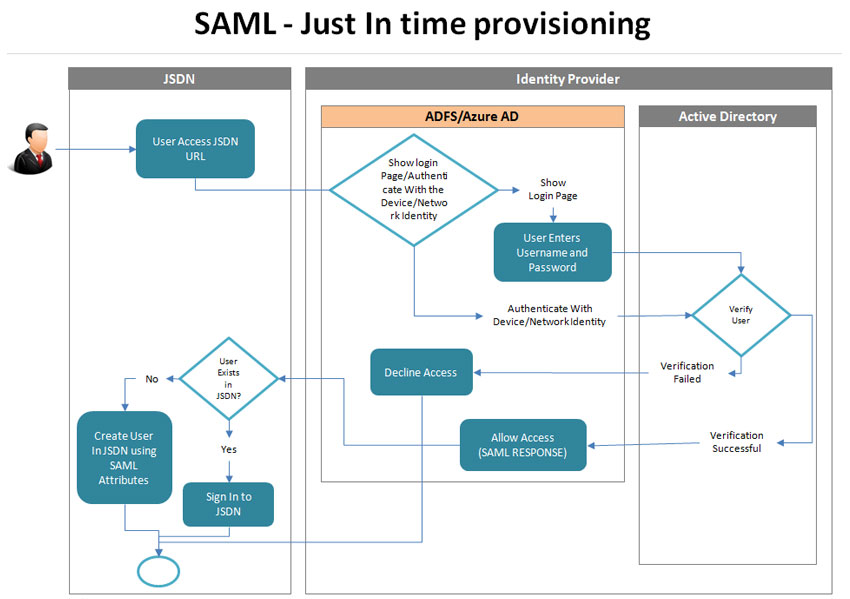
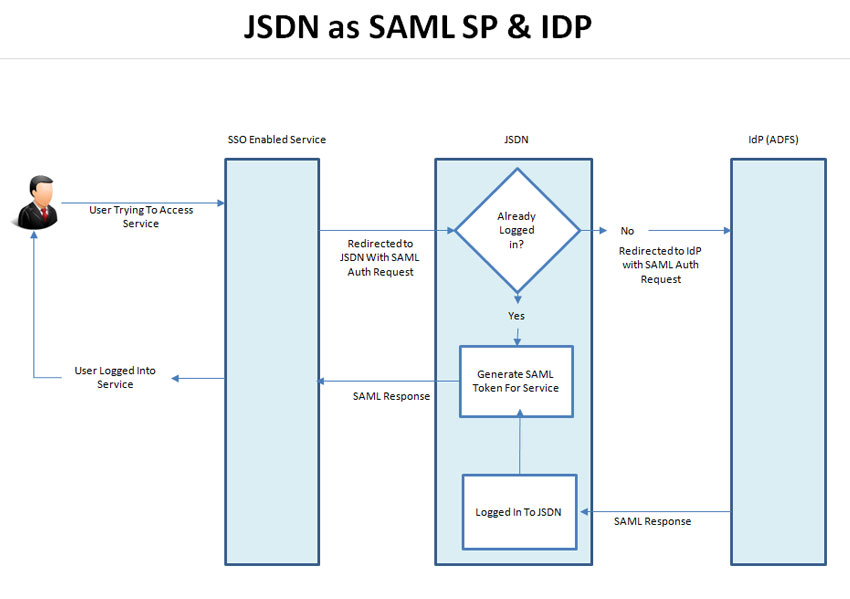
Analytics & Reporting
- New ‘Admin Dashboard’ is introduced for Cloud Administrators providing revenue analytics for the entire cloud ecosystem.
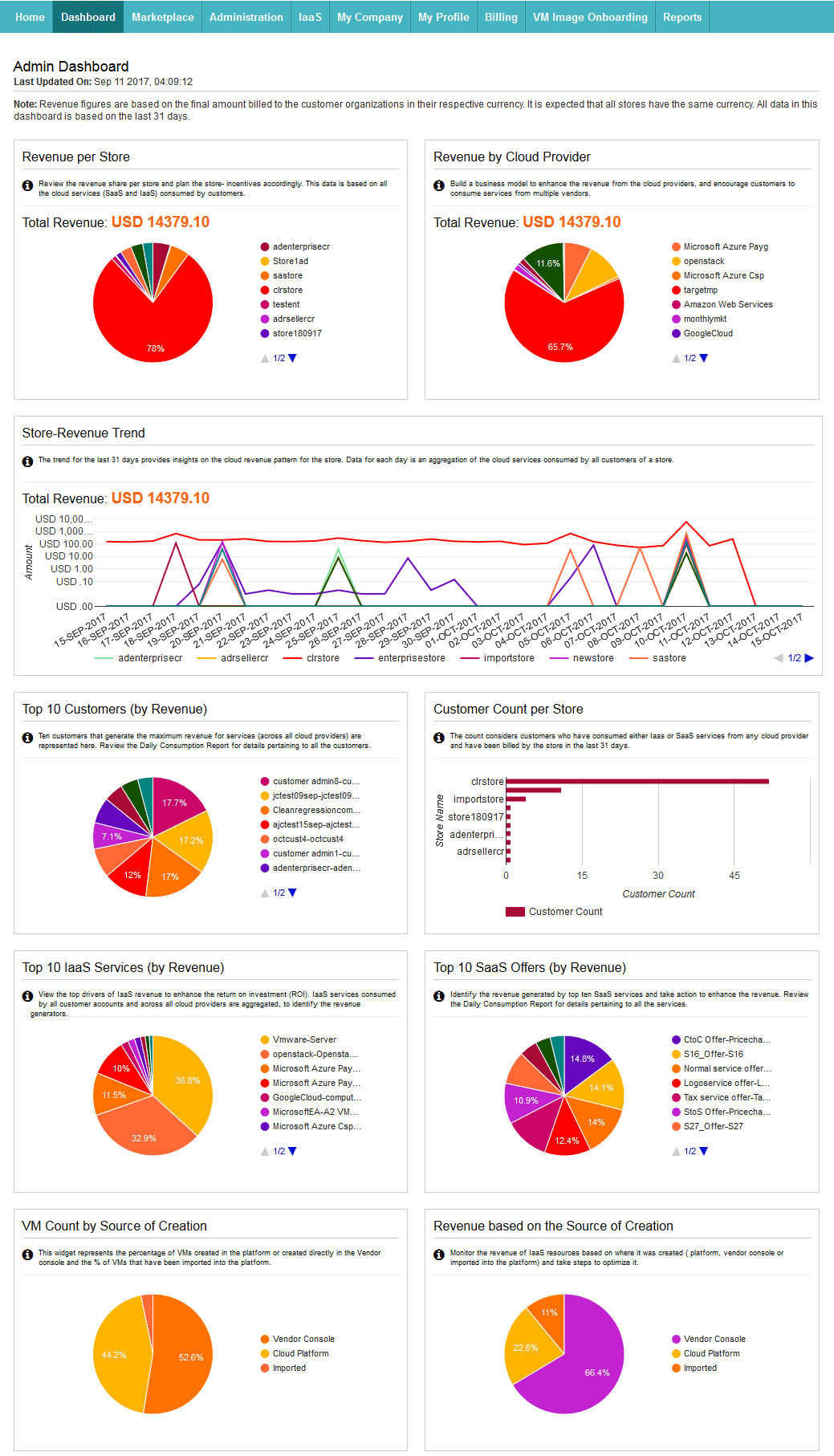
- Cloud resellers & partners logging into their cloud store have the option to view the dashboards with the combined data for all the customers, or by a specific customer.
- Azure ‘Recommendations’ is now a part of the ‘Recommendations’ dashboard providing suggestions to optimize cloud spend related to unused or over-provisioned resources.

- New widgets indicating the ‘Untagged’ resources and their associated costs are now available. Visibility on untagged cloud resources enables stricter tagging rules to be enforced and facilitates chargeback allocation accurately.
- A customer company can now access the ‘Custom Reports’ and generate their own set of canned reports. Supported custom reports include the ‘Order Information Report’ and the ‘Daily Consumption’ report with details of license quantity, and cost along with usage details at a granular level.
IaaS Enhancements
- To manage costs, users have the ability to resize their Virtual Machiners. JSDN now displays the estimated cost of the original and the new VM to enable better decisions while re-sizing the VM.
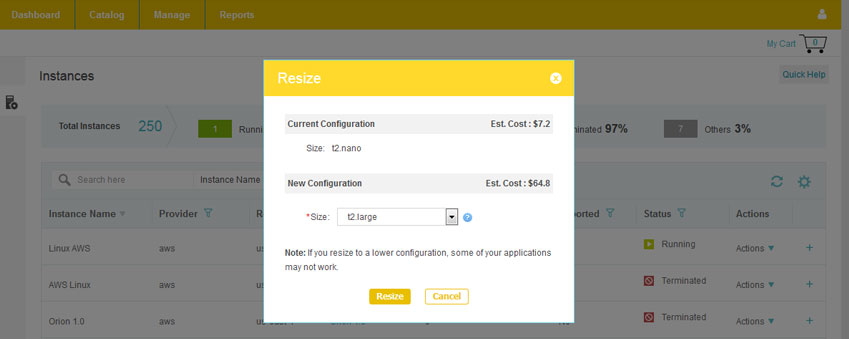
- The administrator of the cloud marketplace can now configure all the images/resources required to design the Application stack from the UI. Creating Application Stack Templates with specific resources allows enterprise users to spin up cloud resources consistently and repeatedly.Prior versions of the platform exposed only limited functions to the Cloud Administrator.
Usability Enhancements
- The customer admin can now add the cloud service credentials themselves for each of the supported IaaS provider with an improved user experience.
- There are been several usability enhancements to the Appstack and Instance listing pages with better filters, search and sort criteria
Platform Software Upgrade / Performance Improvements/APIs
- Microsoft Partner APIs are now available to replace Crest APIs
- Settlement performance fixes to optimize the settlement jobs and performance fixes for volume support are part of this release.
- Heat Orchestration has now been upgraded from ‘Mitaka’ to ‘Newton’
- Faster responses for all functionalities performed by a customer company user (Customer Registration, Store login, Add to Cart, Checkout, Manage Subscriptions & Users etc.)
- Two times more scalable than the previous JSDN version, with better throughput and concurrency.